In order to ensure the measurement accuracy of the mass flowmeter and long-term stable and regular work, the mass flowmeter should be installed reasonably, used correctly, and strengthened daily maintenance and management.
Among various types of flow meters, Coriolis mass flow meters are the most widely used. This chapter will discuss the daily maintenance and troubleshooting of Coriolis mass flowmeters.
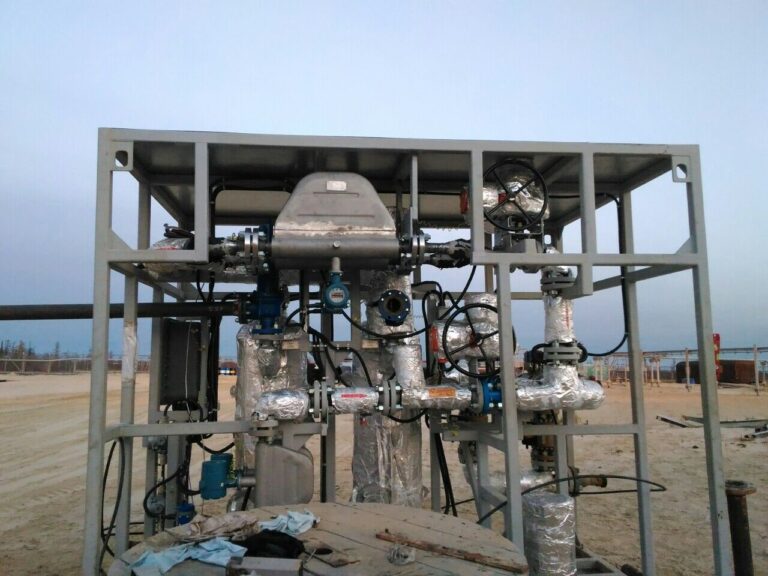
Because there are no moving parts in the sensor of the Coriolis mass flowmeter that hinder the flow of fluid, the measuring tube material has strong corrosion resistance and abrasion resistance, and the transmitter and display instrument use advanced manufacturing technology, as long as they are strictly in accordance with the user manual require correct installation and debugging.
During use, the flowmeter rarely fails, and the amount of daily maintenance is small. Coriolis mass flowmeters have many tube-type structures.
The content of daily maintenance and troubleshooting of mass flow meters of various manufacturers and various models and specifications is different, but the basic aspects are the same.
This chapter will focus on introducing some common content and methods. In actual work, it is necessary to combine the specific characteristics of the actual product to carry out routine maintenance and troubleshooting.

In the process of daily use, the fluid measurement should be carried out in strict accordance with the working temperature, pressure, and flow range specified by the Coriolis mass flowmeter, and should not be exceeded arbitrarily, so as not to affect the use effect and life.
Its daily maintenance mainly includes two aspects: regular inspection and maintenance and inspection and maintenance under special circumstances.
Regular inspection and maintenance
1. Zero checks and adjustment Zero point drift is a problem often encountered in the actual operation of Coriolis mass flowmeters. There are many factors that cause zero drift, such as the installation stress of the sensor, the asymmetry of the structure of the measuring tube, and the change of the physical characteristic parameters of the measured fluid.
Especially in the small flow measurement, the zero drift has a serious impact on the measurement accuracy. Therefore, it is very necessary to check and adjust the zero point regularly.
The zero-point inspection shall be carried out at least once every three months. When the production permits, the interval of the zero-point inspection should be appropriately shortened for the Coriolis mass flowmeters installed at important monitoring points.
When adjusting the zero point, the sensor measuring pipeline should be completely filled with fluid, then the downstream valve of the sensor should be closed, and it should be carried out under the condition that there is no sinking flow in the flowmeter. Sufficient back pressure is required for fluids that are easy to vaporize.
During the adjustment process, the zero adjustments should be recorded The previous zero point value is compared with the last zero point value to calculate the measurement error caused by the zero-point shift during the interval between two zero adjustments.
When the zero-point source shift value is large, the cause should be found first, eliminated, and then zero-point adjustment. It is best to repeat the zero point adjustment several times until the zero point value is the smallest.
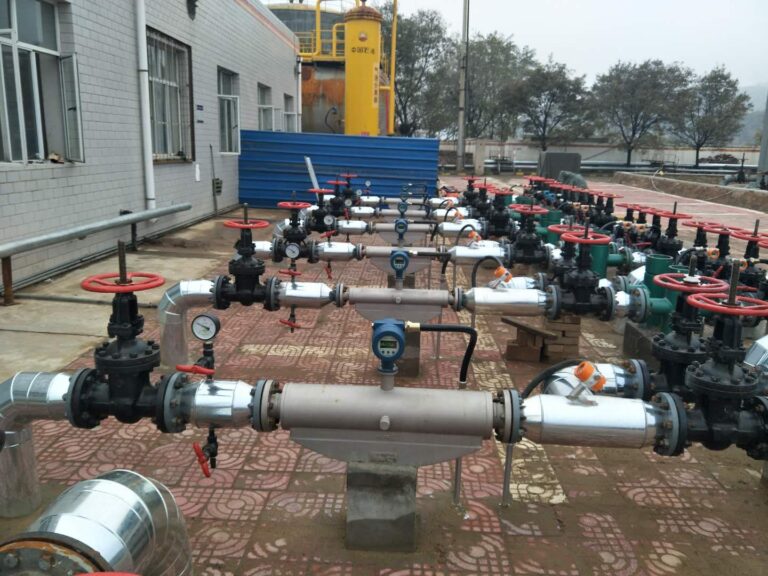
2. Inspection and maintenance of the sealing performance of the flowmeter are used in the field, especially in an environment with corrosive gas, humidity, or dust. Always pay attention to check the sealing condition of the sensor wiring port to prevent corrosion of the wiring terminal and cause the meter to fail to operate normally.
3. Check working parameters During the use of the flowmeter, you should always pay attention to whether the set working parameters have changed, and whether the displayed flow, density, and temperature values are normal. If there is a big discrepancy with the actual situation, you can follow the instructions in the instruction manual. Method to perform zero flow calibration again. If you still feel abnormal after the above work is completed, you should check whether the working parameters set in the transmitter are correct.
4. Regularly observe the fault indication of the flowmeter Depending on the model number, specification, and manufacturer of the flowmeter, the fault display method and content are also different. For different fault alarm indications, you can check the product manual to determine the cause of the fault and deal with it.
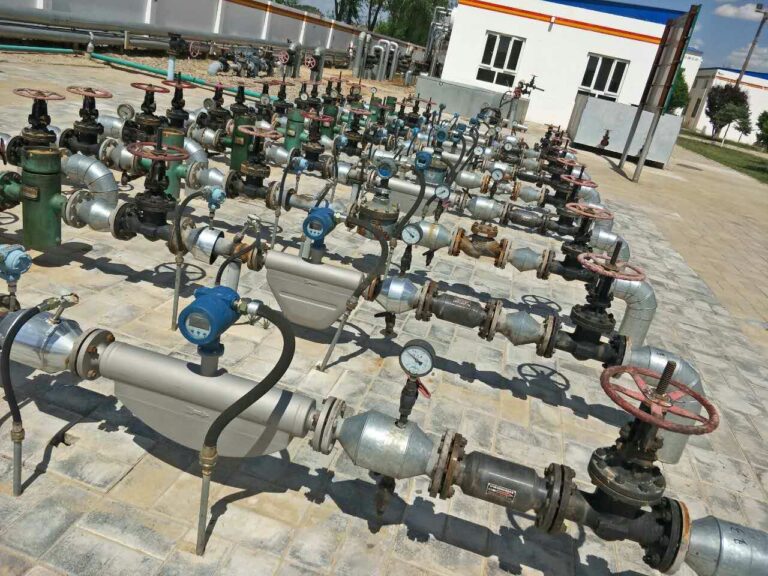
5. Regular comprehensive inspection and maintenance For flow meters in use, a comprehensive inspection should be carried out on a regular basis. From the appearance of the sensor, the installation firmness, the vibration of the processing pipeline, the transmitter, and the indication of the display instrument, etc., start a comprehensive inspection one by one and solve the problem in time.
6. Periodic verification and comparison of flow meters After the flowmeter has been used for a period of time, periodic verification should be carried out as required to determine the performance of the flowmeter. According to JJG 897-95 Mass Flowmeter National Verification Regulations, the verification period of mass flowmeters is determined according to the conditions of use. It is generally used for trade settlement not to exceed 1 year, and for other occasions, the verification period generally does not exceed 2 years. When conditions permit, it can be compared with other measurement methods on a regular basis to confirm whether the flowmeter is operating normally.
7. Create a file of the flowmeter In order to ensure the long-term and reliable operation of the flowmeter, the user should establish a file of the flowmeter, record each inspection, maintenance, and verification situation in detail, and put it into the file to facilitate better maintenance and use in the future.
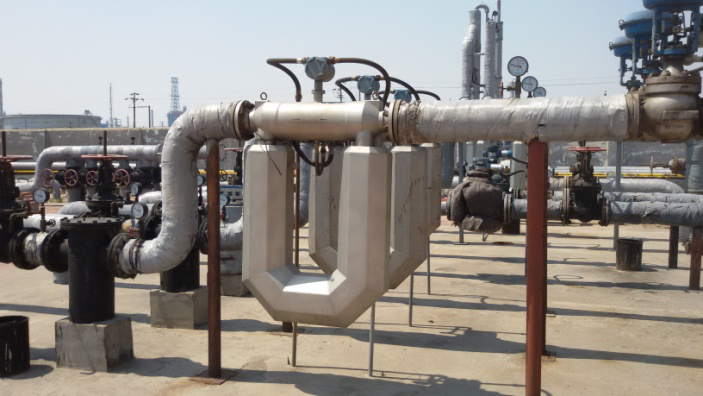
Inspection and maintenance under special circumstances
1. The flow meter is used for the maintenance of intermittent flow measurement When the flowmeter is used for intermittent flow measurement, although sometimes there is no fluid flow in the measuring tube, for some reasons, the meter still has the phenomenon of “overlooking”, which increases or decreases the cumulative amount, resulting in a false metering phenomenon. This requires frequent inspections of the Coriolis mass flowmeter used for intermittent flow measurement. Once a false metering phenomenon is found, corresponding measures should be taken in time.
2. Maintenance of flow meter insulation and heat tracing Some Coriolis mass flowmeters have a narrow temperature range and are not suitable for outdoor installation in high-cold areas; some flow sensors are installed on pipelines with condensed liquids on the outer wall; some flow sensors are used to measure fluid media that are easy to crystallize; For these sensors, heat preservation or heat tracing measures are required. The heat preservation or heat tracing situation should also be checked frequently to prevent damage to the flow sensor or affect the normal operation of the flowmeter.
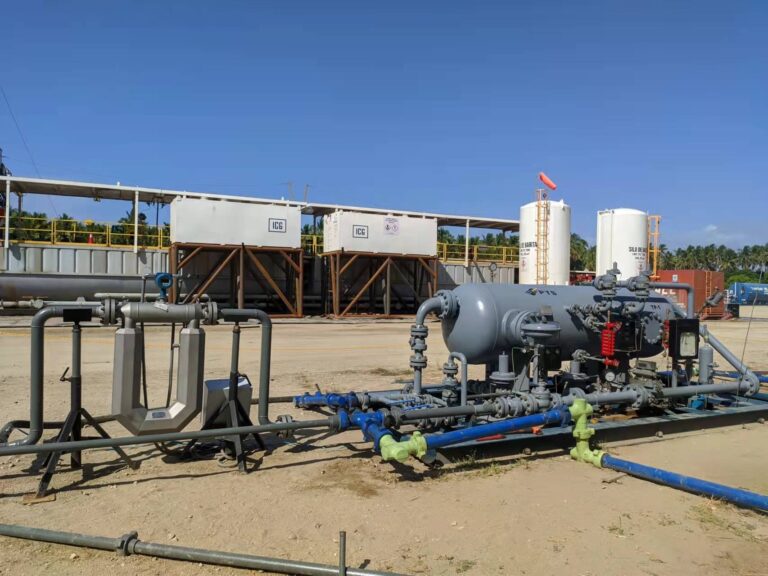
3. Used for maintenance of fouling fluid measurement When the flowmeter measures the fluid that is easy to foul (such as scale, wax), its operation should be checked frequently. When it is found that the flow meter is not working properly or has a large deviation, the possibility of fouling in the sensor should be considered first. If it is confirmed that fouling has occurred, the sensor should be removed, and proper methods such as purging should be used for treatment.
4. Inspection and maintenance of flowmeter under other special measuring conditions For flowmeters used for measuring easily vaporized media and for purge after feeding and intermittent feeding, the interval of zero checks should be shortened appropriately, and the accuracy of measurement should be paid attention to avoid zero-point caused by gas-liquid two-phase exceeding a certain ratio. Mis-metering of drift, purge medium, and false-metering of intermittent fluid measurement.
